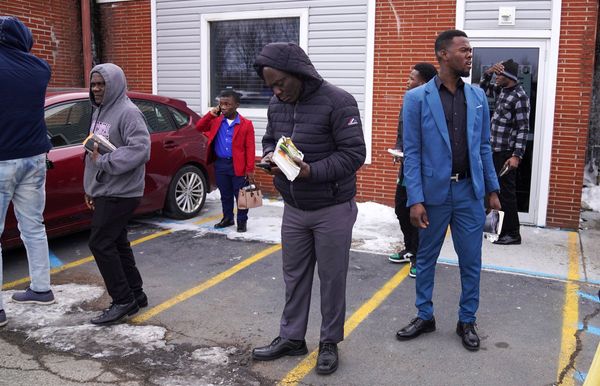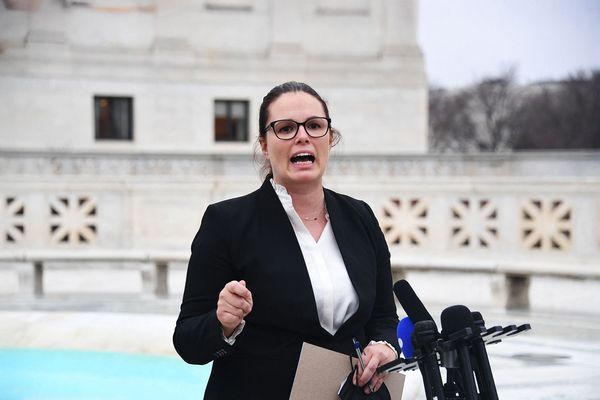Over 7 million children 3-to 5-years-old attended an early childhood education program in 2017, the most recent year of data available. This is a significant increase over the last fifty years from 37% in 1970 to 64% in 2017.
Funds to support preschools come from a variety of sources. Two of the largest programs are Head Start, which provides comprehensive services for low-income families with young children, and the Child Care and Development Block Grant program, which distributes funds to states to administer child-care services.
While total enrollment is increasing, enrollment in publicly-provided programs has outpaced private programs. From 1970 to 2017, the percentage of young children enrolled in public programs increased from 26% to 46%, while enrollment in private programs increased from 12% to 18%.
A greater proportion of young children enrolled in educational programs are in full-day programs. As of 2017, 65% are enrolled in full-day programs compared to 17% in 1970. Conversely, the percentage of children in part-day programs fell from 83% to 35%.
While more 3- to 5-year-olds are attending educational programs, this varies by race and parent(s)’s educational background.
Asian children are the most likely to participate in an educational program at a young age, with 67% of 3- to 5-year-olds participating, followed by White with 66%, Black with 64%, Hispanic with 60%, and Native American with 55%.
The educational background of the parent(s) creates an even wider spread. 74% of young children whose parent(s) completed graduate-level education attend educational programs compared to 52% of young children whose parent(s) did not finish high school.
Sources
National Center for Education Statistics, Table 202.10, 202.20
Congressional Research Service, Early Childhood Care and Education Programs: Background and Funding







